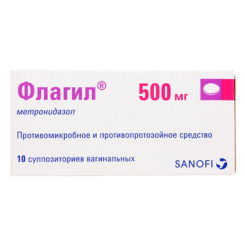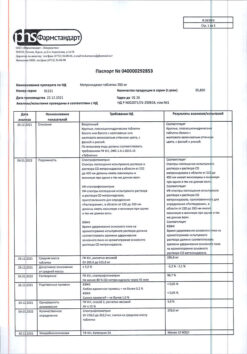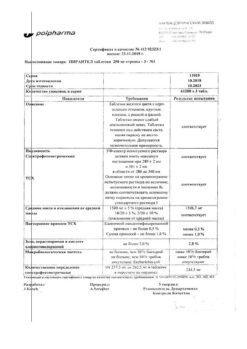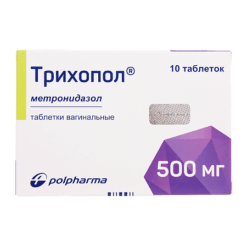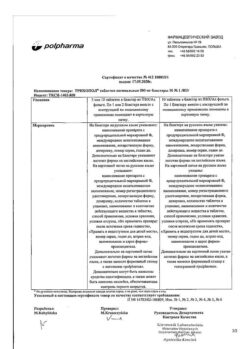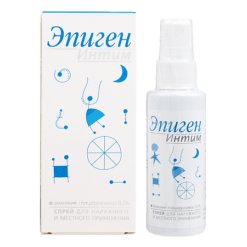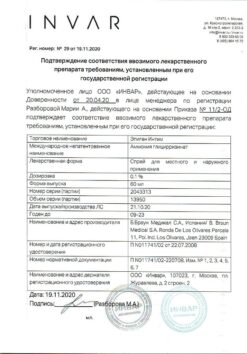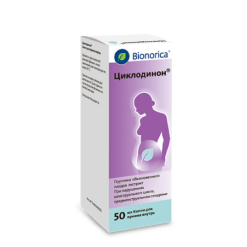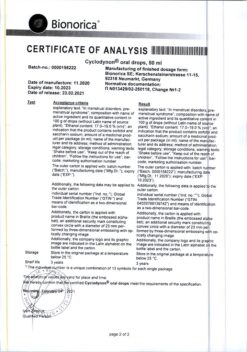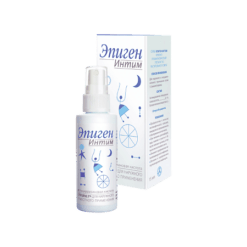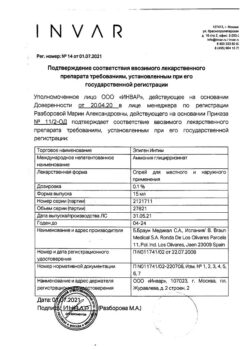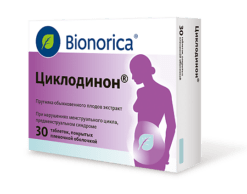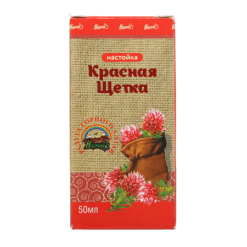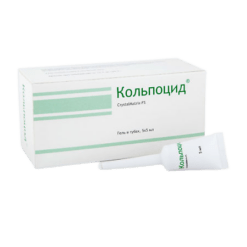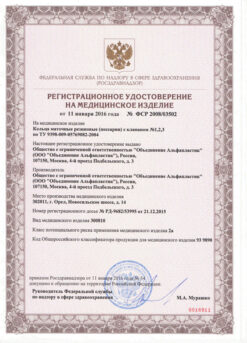No products in the cart.
Metronidazole, vaginal suppositories 500 mg 10 pcs
€8.38 €6.97
EAN: 4607100622185
SKU: 264021
Categories: Gynecology and Obstetrics, Medicine, Trichomoniasis and malaria
Description
Pharmgroup:
Antimicrobial and antiprotozoal agent.
Pharmic action:
An antiprotozoal and antibacterial drug, a 5-nitroimidazole derivative. Mechanism of action consists in biochemical reduction of 5-nitrogroup of metronidazole by intracellular transport proteins of anaerobic microorganisms and protozoa. The reduced 5-nitrogroup of metronidazole interacts with the DNA of the microbial cell, inhibiting the synthesis of their nucleic acids, which leads to the death of the bacteria.
It is active against Trichomonas vaginalis, Entamoeba histolytica as well as Gram-negative anaerobes Bacteroides spp. (including B. fragilis, B. distasonis, B. ovatus, B. thetaiotaomicron, B. vulgatus), Fusobacterium spp. and some Gram-positive anaerobes (sensitive strains of Eubacterium spp, Clostridium spp., Peptococcus niger, Peptostreptococcus spp.). The MPC for these strains is 0.125-6.25 µg/ml.
The aerobic microorganisms and facultative anaerobes are insensitive to metronidazole, but in the presence of mixed flora (aerobes and anaerobes) metronidazole acts synergistically with antibiotics effective against common aerobes.
Pharmacokinetics:
After intravaginal administration it undergoes systemic absorption (about 56%).
The relative bioavailability of vaginal gel is 2 times greater than the bioavailability of a single dose (500 mg) of metronidazole vaginal tablets.
Passes into breast milk and most tissues, passes through the HEB and placenta. Binding to plasma proteins is less than 20%. Metabolized in the liver by hydroxylation, oxidation and glucuronidation. The activity of the main metabolite (2-oxymetronidazole) is 30% of the activity of the parent compound. TCmax (237 ng/ml) of vaginal gel is 6-12 hours.
Extracted by the kidneys – 60-80% of the dose of the drug of systemic action (20% of this amount in unchanged form), by the intestine – 6-15% of the dose of the drug of systemic action.
Indications
Indications
Urogenital trichomoniasis (including urethritis, vaginitis), nonspecific vaginitis of various etiologies, confirmed by clinical and microbiological data.
Pharmacological effect
Pharmacological effect
Pharmaceutical group:
antimicrobial and antiprotozoal agent.
Pharmaceutical action:
Antiprotozoal and antibacterial drug, a derivative of 5-nitroimidazole. The mechanism of action is the biochemical reduction of the 5-nitro group of metronidazole by intracellular transport proteins of anaerobic microorganisms and protozoa. The reduced 5-nitro group of metronidazole interacts with the DNA of microbial cells, inhibiting the synthesis of their nucleic acids, which leads to the death of bacteria.
Active against Trichomonas vaginalis, Entamoeba histolytica, as well as gram-negative anaerobes Bacteroides spp. (including B. fragilis, B. distasonis, B. ovatus, B. thetaiotaomicron, B. vulgatus), Fusobacterium spp. and some gram-positive anaerobes (susceptible strains of Eubacterium spp., Clostridium spp., Peptococcus niger, Peptostreptococcus spp.). The MIC for these strains is 0.125-6.25 μg/ml.
Aerobic microorganisms and facultative anaerobes are insensitive to metronidazole, but in the presence of mixed flora (aerobes and anaerobes), metronidazole acts synergistically with antibiotics that are effective against common aerobes.
Pharmacokinetics:
After intravaginal administration, it is subject to systemic absorption (about 56%).
The relative bioavailability of the vaginal gel is 2 times higher than the bioavailability of a single dose (500 mg) of metronidazole vaginal tablets.
Penetrates into breast milk and most tissues, passes through the blood-brain barrier and placenta. Communication with plasma proteins is less than 20%. Metabolized in the liver by hydroxylation, oxidation and glucuronidation. The activity of the main metabolite (2-oxymetronidazole) is 30% of the activity of the parent compound. TCmax (237 ng/ml) vaginal gel – 6-12 hours.
Excreted by the kidneys – 60-80% of the dose of the systemic drug (20% of this amount unchanged), by the intestines – 6-15% of the dose of the systemic drug.
Special instructions
Special instructions
Simultaneous treatment of sexual partners is recommended.
When treating trichomonas vaginitis in women and trichomonas urethritis in men, it is necessary to abstain from sexual intercourse.
For vaginitis caused by Trichomonas vaginalis, it is advisable to simultaneously treat the sexual partner with metronidazole for oral administration.
If the drug is used together with metronidazole for oral administration, especially with a repeated course, monitoring of the peripheral blood picture is necessary (danger of leukopenia).
During the treatment period, ethanol intake is contraindicated (the development of disulfiram-like reactions is possible: spastic abdominal pain, nausea, vomiting, headache, sudden rush of blood to the face).
Active ingredient
Active ingredient
Metronidazole
Contraindications
Contraindications
Hypersensitivity (including to nitroimidazole derivatives), leukopenia, impaired coordination of movements, organic damage to the central nervous system (including epilepsy), liver failure (in case of high doses), pregnancy (first trimester), lactation period.
With caution. Pregnancy (II-III trimesters), history of leukopenia.
Side Effects
Side Effects
Allergic reactions: urticaria, skin rash.
Local reactions: burning sensation or irritation of the penis in a sexual partner, burning sensation or increased urination, vulvitis (itching, burning pain or hyperemia of the mucous membrane in the external genital area).
Systemic effects may develop: changes in taste sensations, including a “metallic” taste, dizziness, headache, dry oral mucosa, nausea, vomiting, decreased appetite, abdominal cramps, constipation or diarrhea, dark urine, leukopenia or leukocytosis.
After discontinuation of the drug, vaginal candidiasis develops.
Interaction
Interaction
Similar to disulfiram, it causes ethanol intolerance.
Concomitant use with disulfiram can lead to the development of various neurological symptoms (metronidazole should not be prescribed to patients who have taken disulfiram within the last 2 weeks).
Enhances the effect of indirect anticoagulants (warfarin); it is not recommended to combine them with non-depolarizing muscle relaxants (vecuronium bromide).
When taken simultaneously with Li+ drugs, the concentration of the latter in plasma may increase.
Phenobarbital accelerates the metabolism of metronidazole due to the induction of microsomal liver enzymes; cimetidine – reduces, which can lead to an increase in its concentration in the blood serum and an increased risk of side effects.
Overdose
Overdose
Symptoms: nausea, vomiting, ataxia.
Treatment: no specific antidote, symptomatic and supportive therapy.
Manufacturer
Manufacturer
Pharmaprim/Avexima Siberia, Russia
Additional information
| Manufacturer | Avexima Siberia, Russia |
|---|---|
| Medication form | vaginal suppositories |
| Brand | Avexima Siberia |
Other forms…
Related products
Buy Metronidazole, vaginal suppositories 500 mg 10 pcs with delivery to USA, UK, Europe and over 120 other countries.


